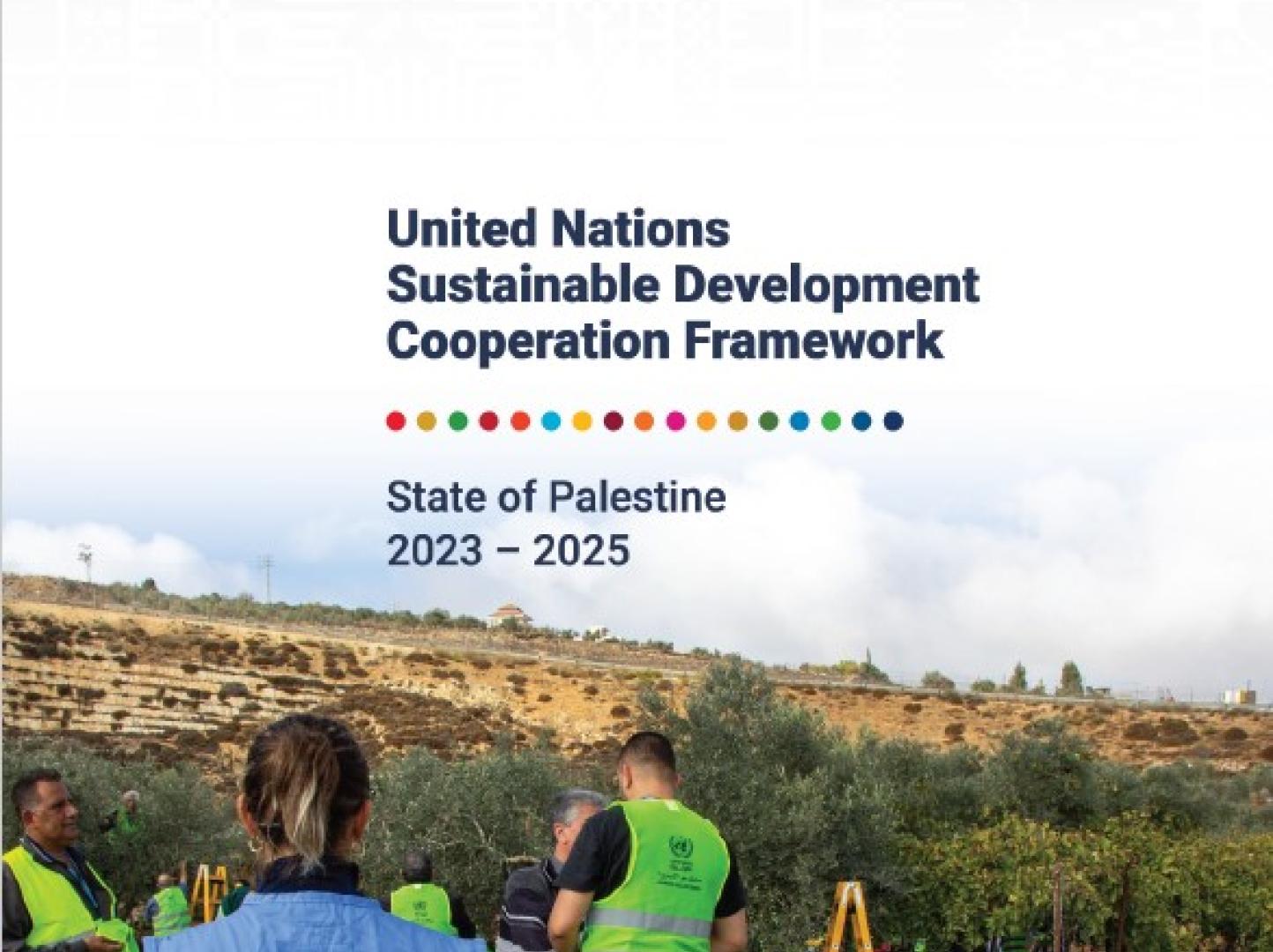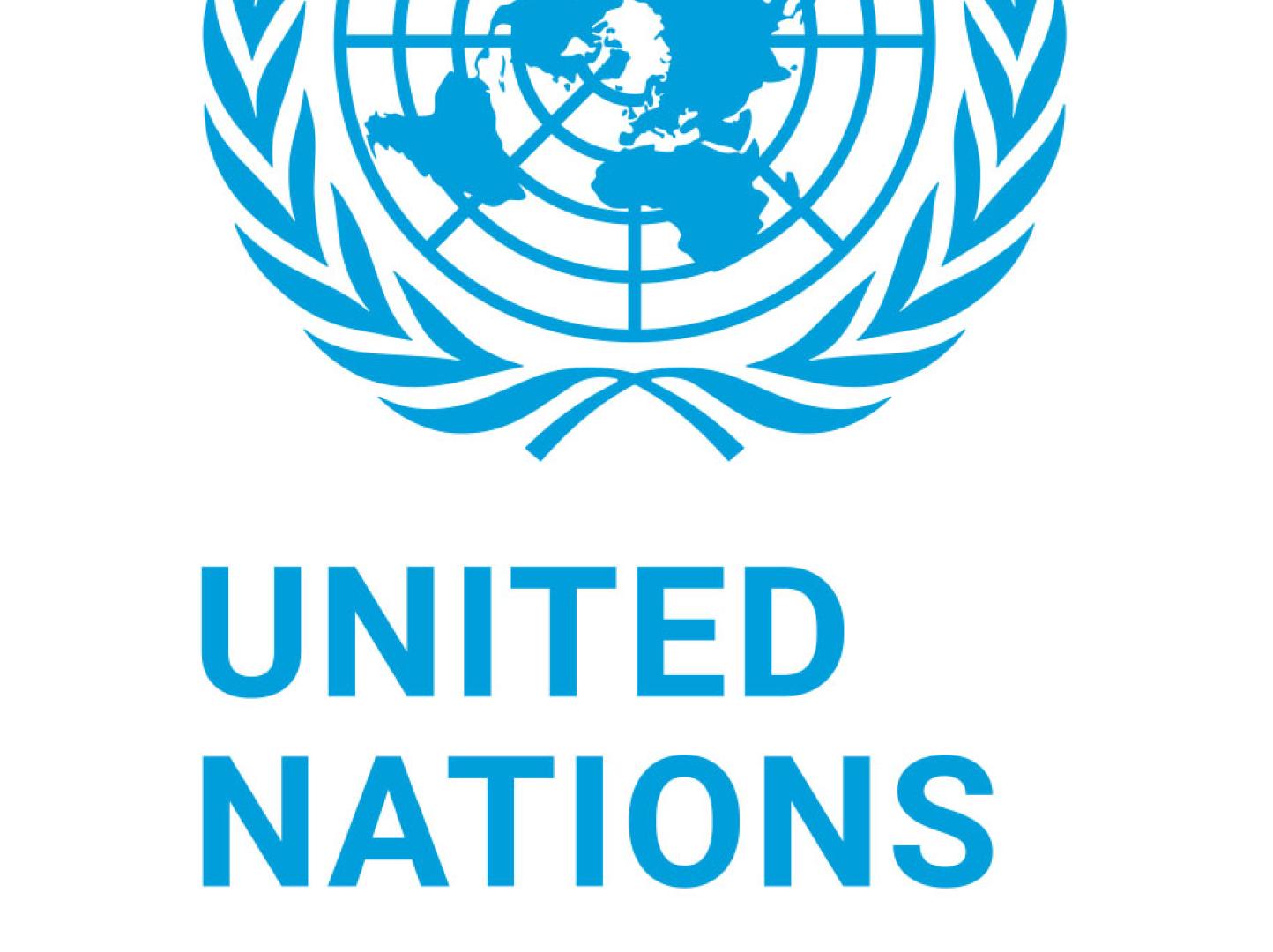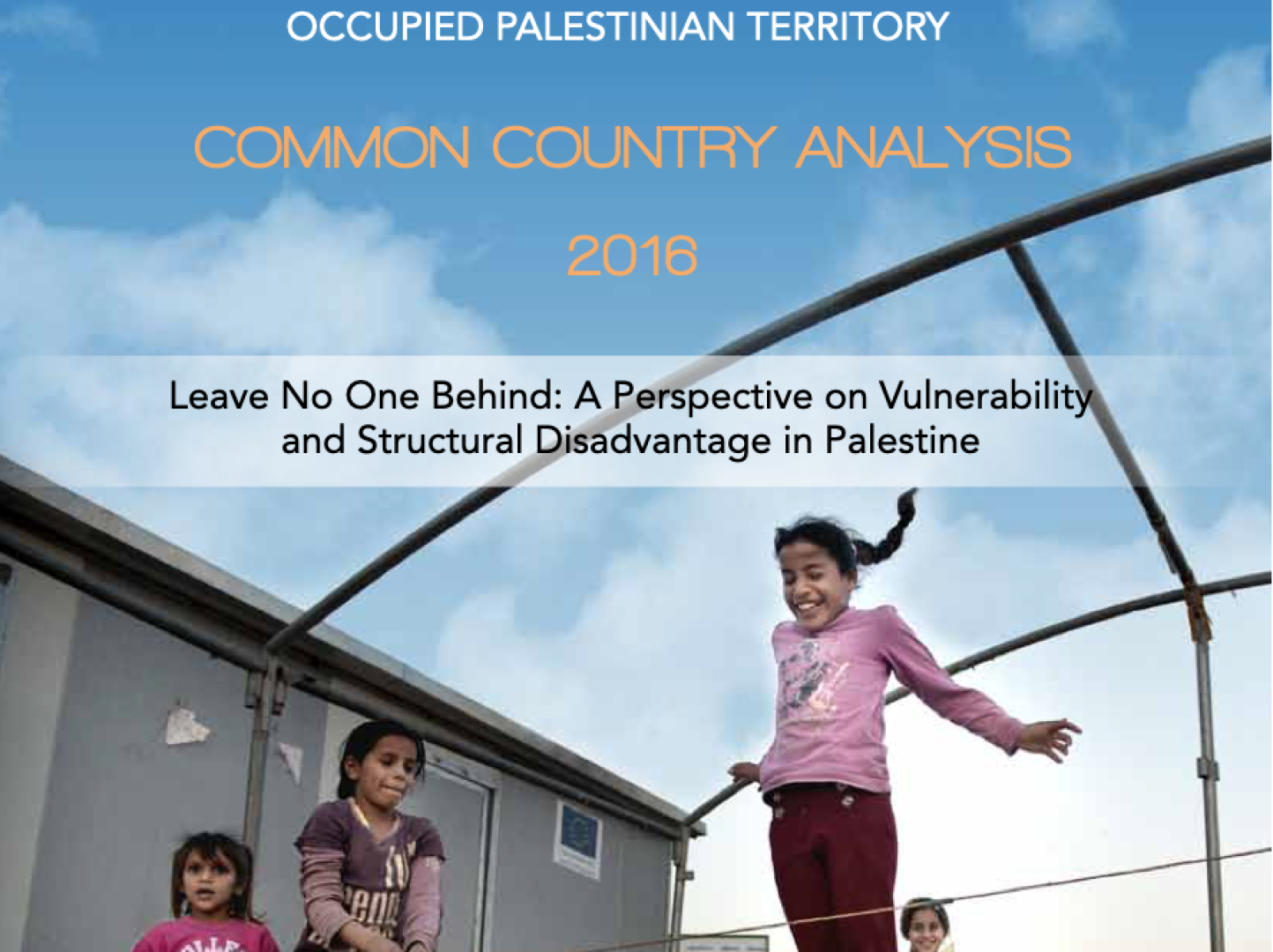Placemaking Toolkit: Designing People Places - A toolkit for communities and designers to design and implement public spaces and buildings in Palestine
Placemaking is all about turning ‘public’ spaces into ‘living’ places that support the wellbeing of local communities and that can be managed and maintained by that community. In the context of Palestinian communities in the Israeli controlled Area C, placemaking is best realized as a DIY–Do It Yourself Urbanism approach to the planning, design, and management of public spaces to ensure they reflect a clear and broadly supported vision, organic orders, and proper functions. DIY is meant to reflect the principle of subsidiarity and promote any local Palestinian citizenry action that impacts public spaces, under a steadfastness framework. Within the context of Palestinian communities administered by the Israeli authorities, DIY and ‘informality’ are interrelated, and the former could be regarded as a mode of the latter. It is argued that the informal mode of space production (informality), not only reflects a widespread mode of everyday life practices (DIY), but also could be considered a mechanism to unequivocally express the right to self-determination. This provides an important symbolism and this ‘rights-based approach’ to spatial planning and development is the takeaway for practice that is foreseen by advancing the concept of placemaking within the spatial planning practices of Palestinian communities.
Placemaking, as such aims at jumpstarting an engaged process to protect the rights and responsibilities of local Palestinian citizens. Working closely entails that participatory processes will be sustained, and citizens will be encouraged to partake in the local development processes, and the authorities will be more responsive to future needs and aspirations of the citizens. This will result in improving the conditions of the built environment, foster social cohesion, build resilience and foster tenure security, and enable spatial development. This marks an amalgam between statutory and non-statutory approaches in realizing the National Policy Agenda 2017-2022, the 2030 Agenda for Sustainable Development, and the New Urban Agenda in Palestine, noting the prevailing geo-political context.
This publication is divided into three parts:
- Part 1 is an exploration of what placemaking, and people places are,
- Part 2 provides some insights into the people who need to be involved and the steps along the way to getting a people place designed and built, and
- Part 3 provides some insights into the components that one might find useful to create a people place and the principals needed to apply these ideas.







